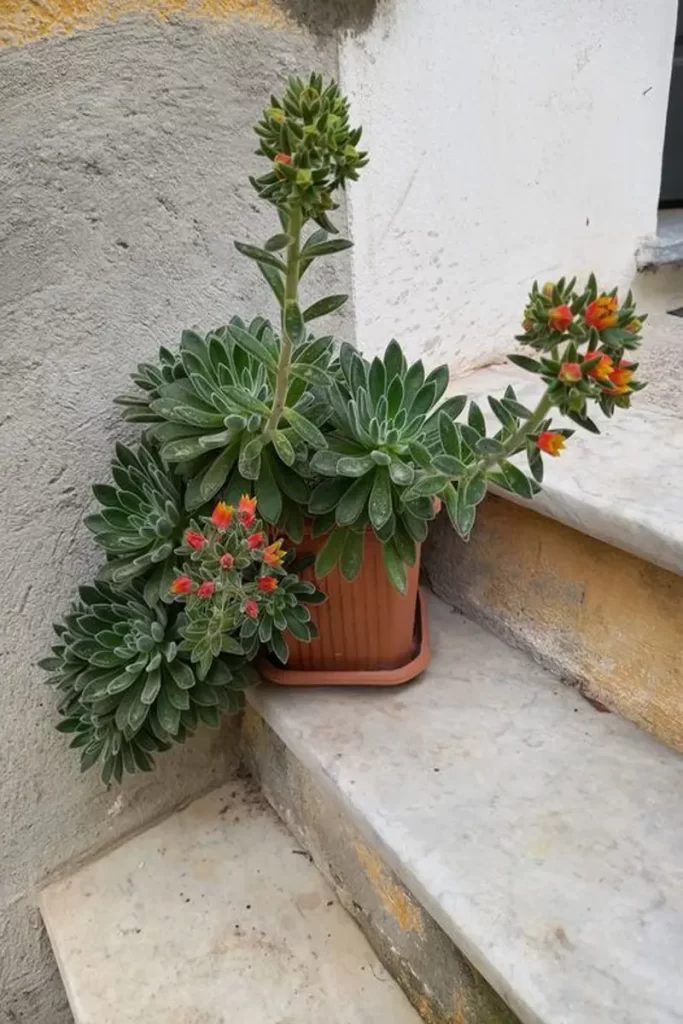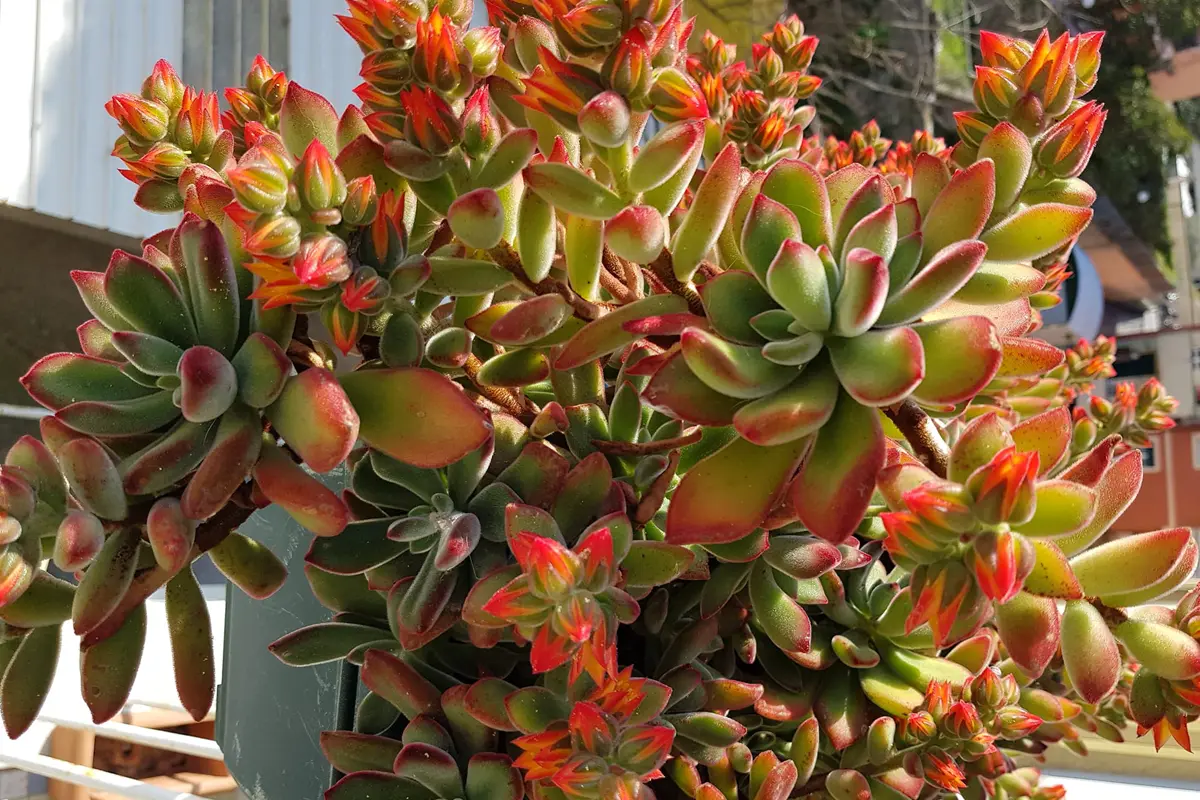Most enthusiasts cherish cultivating succulent plants chiefly for their fleshy, robust foliage.
Among the myriad succulent species, the Echeveria stands out as a beloved and widespread choice, renowned for its allure and ease of care. However, achieving a luxuriant and prolific bloom can be a challenge.
Among the many succulent varieties, Echeveria is celebrated as one of the most captivating and common. Yet, did you know its blossoms are quite exceptional? The Echeveria’s flowers can emerge on a gracefully arching stem and possess a bell-shaped form. Typically, Echeveria blooms in the summer or early autumn. However, this flowering period may vary depending on the specific species you cultivate and, crucially, the cultivation conditions.
Let us explore how to coax Echeveria into its full floral splendor!
Selecting the Right Species
First and foremost, choosing the most suitable Echeveria variety is paramount. Certain species bloom with greater ease compared to others. Among the more prevalent varieties are:
- Echeveria elegans: This species produces delicate pink flowers on elongated, curved stems.
- Echeveria setosa: Renowned for its vivid red-orange blooms.
- Echeveria pulvinata: Distinguished by its yellow flowers and velvety foliage.
Factors Affecting Blooming
The blooming of Echeveria is governed by a myriad of factors, with light exposure being the most critical.
Thermal conditions also play a pivotal role in the blooming process of Echeveria.
Native to Mexico and South America, Echeveria thrives in environments with abundant sunlight and high temperatures, thereby clarifying the plant’s requirements for optimal flowering.
Provide the correct lighting

Echeveria, akin to many succulents, has a profound affinity for ample sunlight.
Thus, it is highly advisable to cultivate it outdoors. However, if indoor cultivation is preferred, place the pot adjacent to a well-lit window.
Bear in mind, though, that an Echeveria kept indoors is less likely to bloom, as succulents are inherently adapted to thrive in outdoor environments.
When your Echeveria receives an adequate amount of light, its leaves will exhibit a plump and succulent texture.
Duration of Echeveria Blooms
The blossoms of the Echeveria unfurl sequentially and necessitate several weeks to complete their life cycle.
These flowers endure for approximately two weeks, granting an extended period for admiration, unlike other succulents whose blooms might last merely a single night.
As the older flowers begin to wither, fresh buds ready themselves to unfurl at the pinnacle of the floral stalk.
Echeveria flowers exhibit hues of orange, peach, or pink, though they may also appear in white or yellow.
Certain species might even produce blooms in shades of red. One of the most reliable methods for differentiating between two closely resembling Echeveria varieties is by examining the color of their blossoms.
Post-Blooming
If provided with optimal conditions, Echeveria flowers can generate seeds.
Once the floral stalk has completed its blooming period, do not discard it. It still harbors minuscule seeds that resemble fine dust.
These seeds can be used to propagate new plants.
If you prefer not to keep the seeds, sever the stalk at its base to prevent any harm to the delicate foliage of the plant.
Following the blooming phase, your Echeveria will be poised to flower again the subsequent year.

